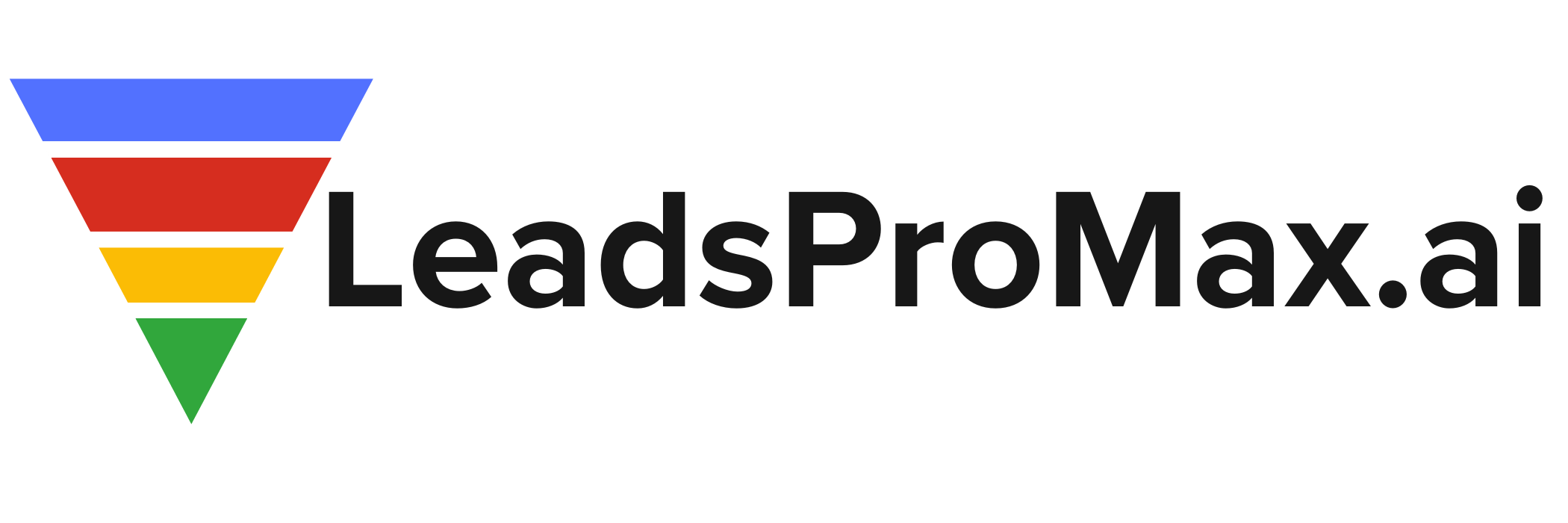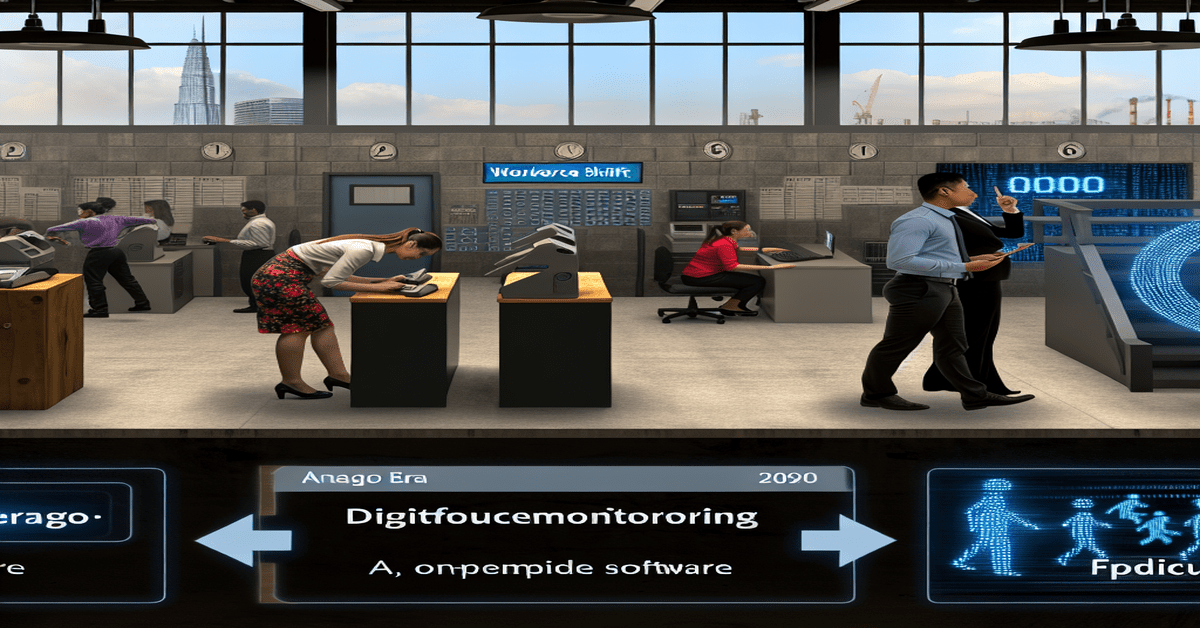The Evolution of Workforce Monitoring in India: From Punch Cards to Predictive AI
In the ever-changing landscape of the Indian workforce, the methods used to monitor employee performance and productivity have undergone a remarkable transformation. From the humble beginnings of manual punch cards to the cutting-edge world of predictive AI, the evolution of workforce monitoring in India has been nothing short of extraordinary.
The Analog Era: Punch Cards and Physical Registers
In the early days of workforce monitoring, companies relied on simple yet effective tools such as physical registers and punch card machines. These analog methods, widely used until the 1980s, required employees to manually record their entry and exit times. While this system was cost-effective and straightforward, it was not without its flaws.
The manual nature of punch cards and physical registers made them susceptible to errors and manipulation. Employees could easily engage in “buddy punching,” where a colleague would clock in on behalf of an absent coworker. Additionally, the consistency and accuracy of recordkeeping were often questionable, leading to discrepancies and disputes.
Moreover, the analog era of workforce monitoring focused primarily on ensuring employee presence rather than assessing productivity. The data collected was limited and did not provide the necessary insights for data-driven decision-making or proactive monitoring.
The Digital Shift: Biometrics and On-Premise Software
The 1990s marked a significant turning point in India’s workforce monitoring landscape. With the advent of IT reforms and the digitalization wave, organizations began to embrace digital solutions. The transition from paper records to digital systems, incorporating biometrics and on-premise software, revolutionized the way companies tracked their employees.
Biometric technologies, such as fingerprint scanners and facial recognition systems, added an extra layer of security and accuracy to the monitoring process. Employees could no longer manipulate attendance records, as their unique biometric data served as a foolproof means of identification.
On-premise software solutions further streamlined the monitoring process by automating data collection and analysis. Companies could now generate reports, track attendance patterns, and identify potential issues more efficiently. The digital shift not only enhanced accuracy but also laid the foundation for more advanced workforce monitoring techniques.
The AI Revolution: Real-Time Analytics and Predictive Insights
In recent years, the workforce monitoring landscape in India has undergone yet another transformative leap with the emergence of **artificial intelligence (AI)** and real-time analytics. AI-powered monitoring tools have taken center stage, offering organizations unprecedented insights into employee performance and productivity.
These cutting-edge systems go beyond mere attendance tracking and delve deep into the intricacies of workforce behavior and productivity patterns. By analyzing vast amounts of data in real-time, AI algorithms can identify trends, predict potential issues, and provide actionable insights for managers and decision-makers.
Predictive analytics, a key component of AI-driven workforce monitoring, enables organizations to proactively address challenges and optimize their workforce. By identifying patterns and correlations, companies can anticipate employee turnover, forecast productivity levels, and make data-driven decisions to improve overall performance.
The AI revolution in workforce monitoring aligns with the growing business needs of modern organizations. As companies increasingly prioritize efficiency, productivity, and strategic decision-making, AI-powered tools offer a competitive edge. The adoption of these advanced monitoring systems reflects the importance of data-driven insights in today’s fast-paced business environment.
Conclusion: Embracing the Future of Workforce Monitoring
The evolution of workforce monitoring in India, from the analog era of punch cards to the cutting-edge world of predictive AI, showcases the remarkable progress made in this field. As technology continues to advance at an unprecedented pace, it is crucial for organizations to embrace these changes and adapt their monitoring strategies accordingly.
By leveraging the power of AI and real-time analytics, companies can gain a deeper understanding of their workforce, make informed decisions, and drive continuous improvement. The future of workforce monitoring lies in the seamless integration of advanced technologies with human expertise, enabling organizations to optimize their most valuable asset: their employees.
As we move forward, it is essential for businesses to strike a balance between leveraging the benefits of AI-driven monitoring and maintaining the human touch. While technology can provide invaluable insights, it is the human element that fosters innovation, creativity, and a positive work culture.
The evolution of workforce monitoring in India serves as a testament to the power of technological advancement and its impact on the business landscape. As we embrace the future, let us remember the lessons learned from the past and continue to adapt, innovate, and thrive in this ever-changing world of work.
#WorkforceMonitoring #AIRevolution #FutureOfWork
-> Original article and inspiration provided by TimesTech
-> Connect with one of our AI Strategists today at ReviewAgent.ai


